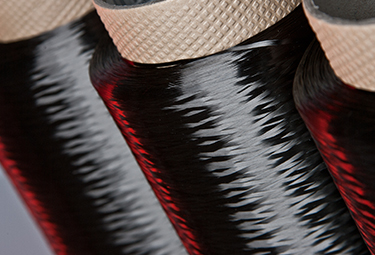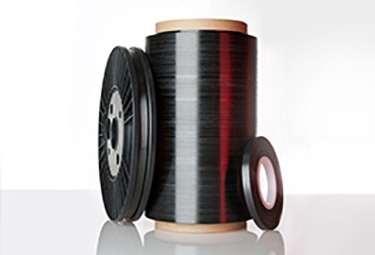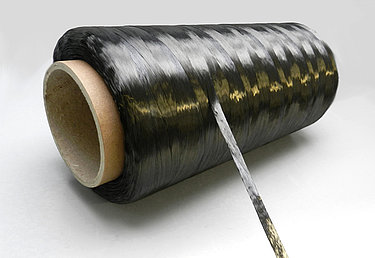Winding

Filament winding is a fabrication technique mainly used for manufacturing open structures (cylinders) and closed structures (pressure vessels or tanks). Common filaments include glass and carbon fiber. Products currently being produced using filament winding include pipes, golf club shafts, oars, bicycle forks, bicycle rims, power and transmission poles, pressure vessels, missile casings, aircraft fuselages, lamp posts, and yacht spars.
The carbon fiber filament winding process
This process involves winding carbon fiber filaments under tension over a rotating mandrel, with the filaments impregnated with resin as they are wound onto the mandrel. Once the mandrel is completely covered, the resin is cured. Depending on the resin system and its cure characteristics, the mandrel is autoclaved, heated in an oven, or rotated under radiant heaters until the part is cured. Once the resin has cured, the mandrel is removed or extracted, leaving the hollow final product.
The benefits of carbon fiber filament winding
Filament winding is well suited for automation, providing end products that are high in strength and low in weight. The controlled variables for winding are fiber type, resin content, winding angle, tow or bandwidth, and thickness of the fiber bundle. The angle at which the fiber is wound has an effect on the properties of the final product. A higher angle provides circumferential strength while lower angles provide greater longitudinal and axial tensile strength.


